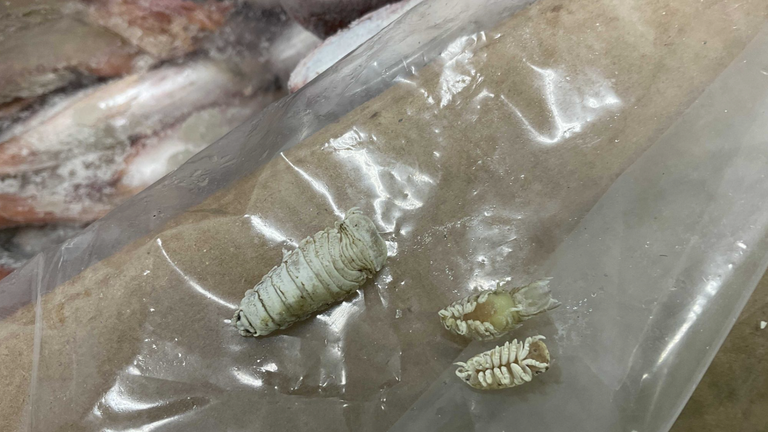Intertidal: Recognizing the epic journeys of fish

The climate is warming and the fish are swimming – a few of them longer and additional than they’ve in almost two centuries. Final week was World Fish Migration Day (Might twenty first), a day when folks around the globe rejoice fish that journey lengthy distances by quite a lot of waterways. This 12 months, the day included 450 occasions in 75 international locations.
Extra domestically, teams in Maine gathered to rejoice the restoration of a number of the state’s alewife populations. Alewives (Alosa pseudoharengus) is the extra widespread of two species which are known as river herring. The opposite is the Blueback Herring (Alosa aestivalis). Each species are small silvery fish, and they’re very exhausting to inform aside. Alewives have a barely larger eye and a bronze-colored head, whereas blueback herring have a smaller eye and a silvery head.
Whereas they’re each known as river herring, each Alewives and Blueback Herring solely spend a part of their lives in rivers. The explanation that they’re celebrated on World Fish Migration Day is that they spend the opposite a part of their lives within the ocean. These small fish type giant faculties within the spring and journey from their grownup houses in saltwater up into more energizing water of tributaries, streams and rivers, and finally into lakes and ponds the place they’ll spawn. Then, the “spent” adults journey again in the direction of the ocean, as additionally finally do the brand new era of fish.
River herring populations have been as soon as plentiful and supported fisheries alongside the coast. Folks used drift nets, hand nets, and constructed weirs to catch them. Then, they have been smoked and eaten or used for bait to catch bigger, extra precious species. However their abundance relied on each the well being of the water and likewise the connectivity between their spawning and “adulting” grounds. With out the power to get upstream to spawn, there could be no subsequent era of river herring.
Air pollution in waterways on account of industrialization together with the development of mills alongside rivers that used dangerous chemical compounds of their manufacturing of paper or textiles threatened these and different fish populations. As well as, using river energy for electrical energy and to run those self same mills led to constructing dams to harness the vitality of a number of of Maine’s main rivers. These two main components led to the herring inhabitants declining to almost endangered ranges.
Happily, since then, efforts have been made each to wash up the water and to allow fish to journey alongside the required path to finish their life cycle and replenish their populations. The Clear Water Act of 1972, which not too long ago celebrated its fiftieth anniversary, helped to supply funding for therapy amenities to enhance water high quality. And the removing of dams or building of fish ladders restored passageways for these migratory fish.
Now we have a Fishway in Brunswick on the Androscoggin that was in-built 1980 to assist with the passage of migratory fish. It isn’t designed for herring, nevertheless, however does perform to assist endangered Atlantic Salmon, one other migratory species, to journey upstream. It’s an excellent reminder that, whereas crossing from Brunswick to Topsham, it’s possible you’ll really feel like you’re removed from the ocean, however the river system connects by Merrymeeting Bay out into the ocean.
There’s one other location a lot farther from the coast, nevertheless, the place an excellent celebration was held this 12 months to welcome again the historic run of river herring. Within the inland city of Vassalboro, folks gathered at China Lake, a part of the Kennebec River Estuary, to see throngs of alewives coming all the best way into the lake to spawn. By way of the efforts of Maine Rivers, a non-profit devoted to the restoration of historic fish runs, the final seven miles between China Lake and the Kennebec River have been
cleared for these incoming fish. The multi-year effort included the removing of three dams and building of three fish ladders. When these fish arrived this spring, it was the primary time since simply after the Revolutionary Struggle. Near 1,000,000 alewives returned.
Environmental restoration work could be irritating and filled with disappointment, as attempting to reverse what has occurred in nature is rarely easy. However there are examples like this one which are heartening. The method of restoration was not fast, however for many who celebrated the abundance of herring arriving at China Lake, it was a heartening signal that it’s attainable to make a distinction in bringing again an essential species to Maine’s coast and waterways.
Associated Tales



